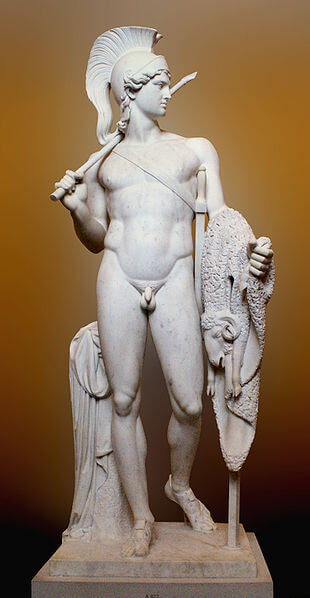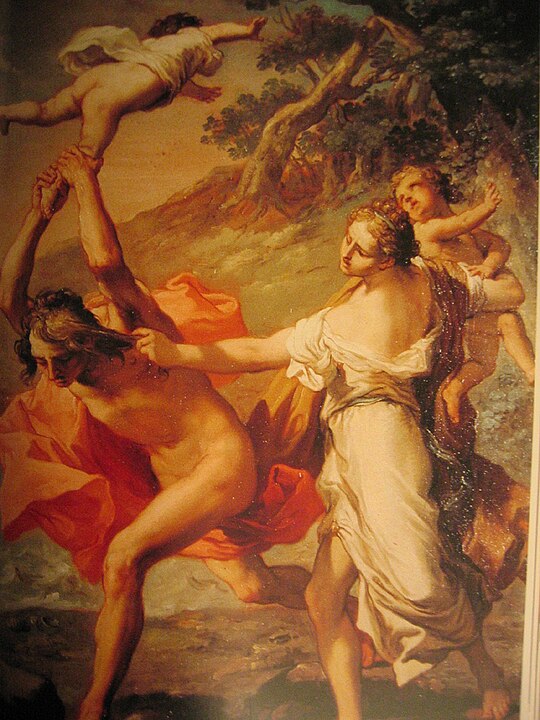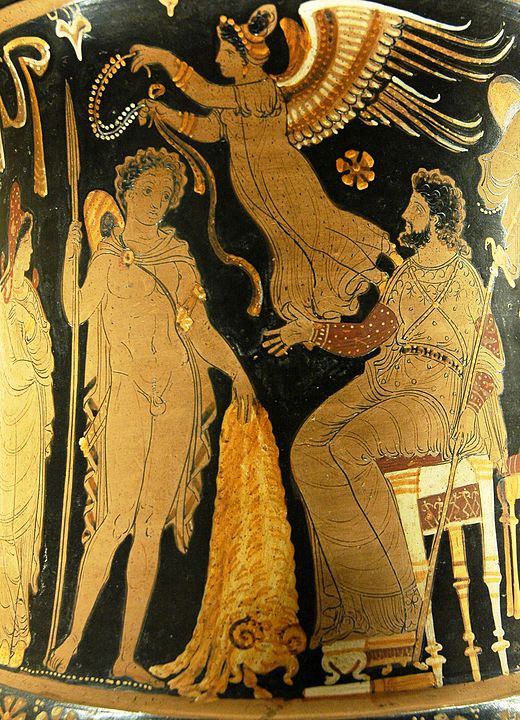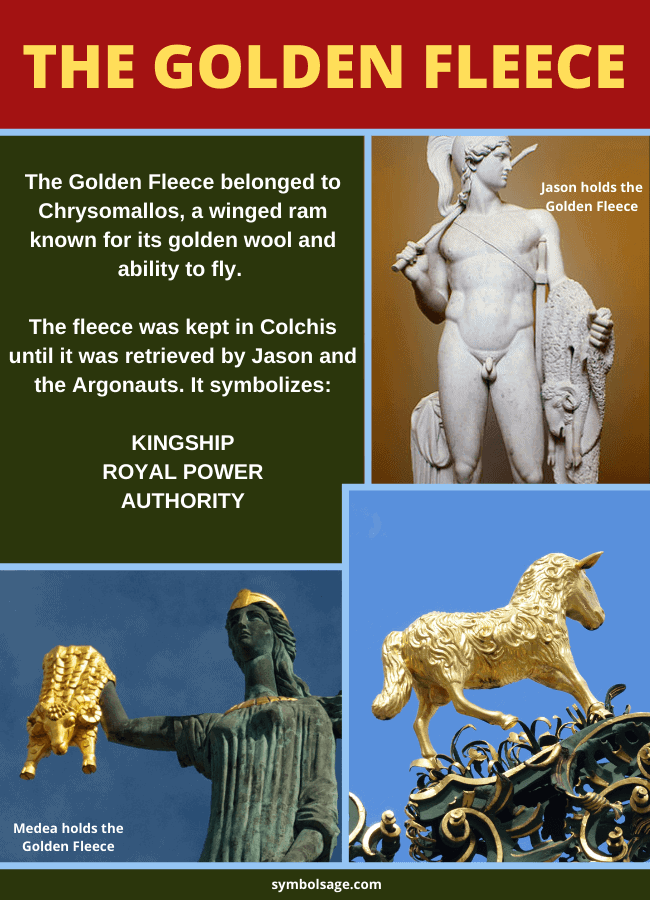
Table of Contents
The story of the Golden Fleece features in The Argonautica by Greek writer Apollonius Rhodius in the 3rd century BC. It belonged to Chrysomallus, a winged ram known for its golden wool and ability to fly. The fleece was kept in Colchis until it was retrieved by Jason and the Argonauts. Here’s the story of the Golden Fleece and what it symbolizes.
What is the Golden Fleece?

King Athamas of Boetia married Nephele, who was the cloud goddess, and together they had two children: Phrixus and Helle. After some time, Athamas got married again, this time to Ino, the daughter of Cadmus. His second wife Ino, out of jealousy, conspired to get rid of Phrixus and Helle which led to a declaration of them being sacrificed to end a deceitfully claimed drought.
Ino convinced Athamas that the only way to save the land and end the drought was to sacrifice the children of Nephele. Before they could sacrifice Phrixus and Helle, Nephele appeared with a winged ram with golden fleece. The winged ram was an offspring of Poseidon, the god of the sea with Theophane, a nymph. The creature was a descendent of Helios, the god of the sun from its mother’s side.

The Phrixus and Helle used the ram to escape Boetia, flying across the ocean. During the flight, Helle fell off the ram and died in the sea. The strait in which she died was named Hellespont after her.
The ram took Phrixus to safety in Colchis. Once there, Phrixus sacrificed the ram to Poseidon, thus returning him to the god. After the sacrifice, the ram became the constellation, Aries.
Phrixus hung the preserved Golden Fleece on an oak tree, in a grove sacred to the god Ares. Fire-breathing bulls and a mighty dragon that never slept defended the Golden Fleece. It would stay here in Colchis until Jason retrieved it and took it to Iolcus.
Jason and the Golden Fleece
The famous expedition of the Argonauts, led by Jason, centered around fetching the Golden Fleece as tasked by King Pelias of Iolcus. If Jason brought back the Golden Fleece, Pelias would give up the throne in his favor. Pelias knew fetching the fleece was a near-impossible task.
Jason then gathered his crew of Argonauts, named after the ship Argo in which they sailed. With the help of the goddess Hera and of Madea, daughter of King Aeetes of Colchis, Jason was able to sail to Colchis and complete the tasks set by King Aeetes in exchange for the Golden Fleece.

What Does the Golden Fleece Symbolize?
There are many theories regarding the symbolism of the Golden Fleece and what made it so valuable to the rulers of the time. The Golden Fleece is said to be a symbol of the following:
- Kingship
- Authority
- Royal power
However, although he had brought back the Golden Fleece, Jason faced many difficulties, lost the favor of the gods and died alone.

Wrapping Up
The Golden Fleece is at the heart of one of the most exciting quests of Greek mythology. As a symbol of royal power and authority, it was one of the most highly coveted objects, desired by kings and heroes alike. However, despite successfully bringing back the highly valuable fleece, Jason wasn’t able to achieve much success in his own kingdom.








